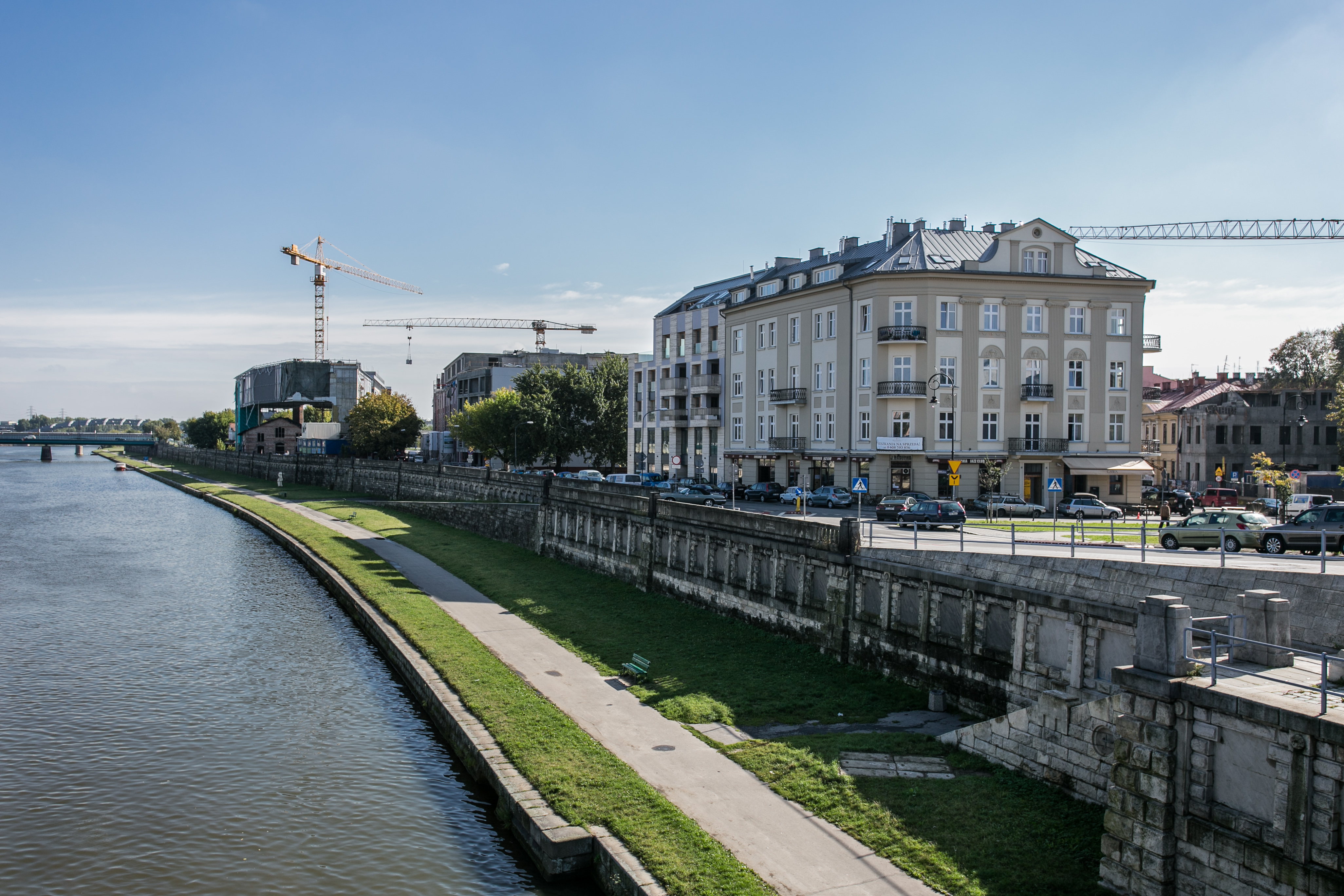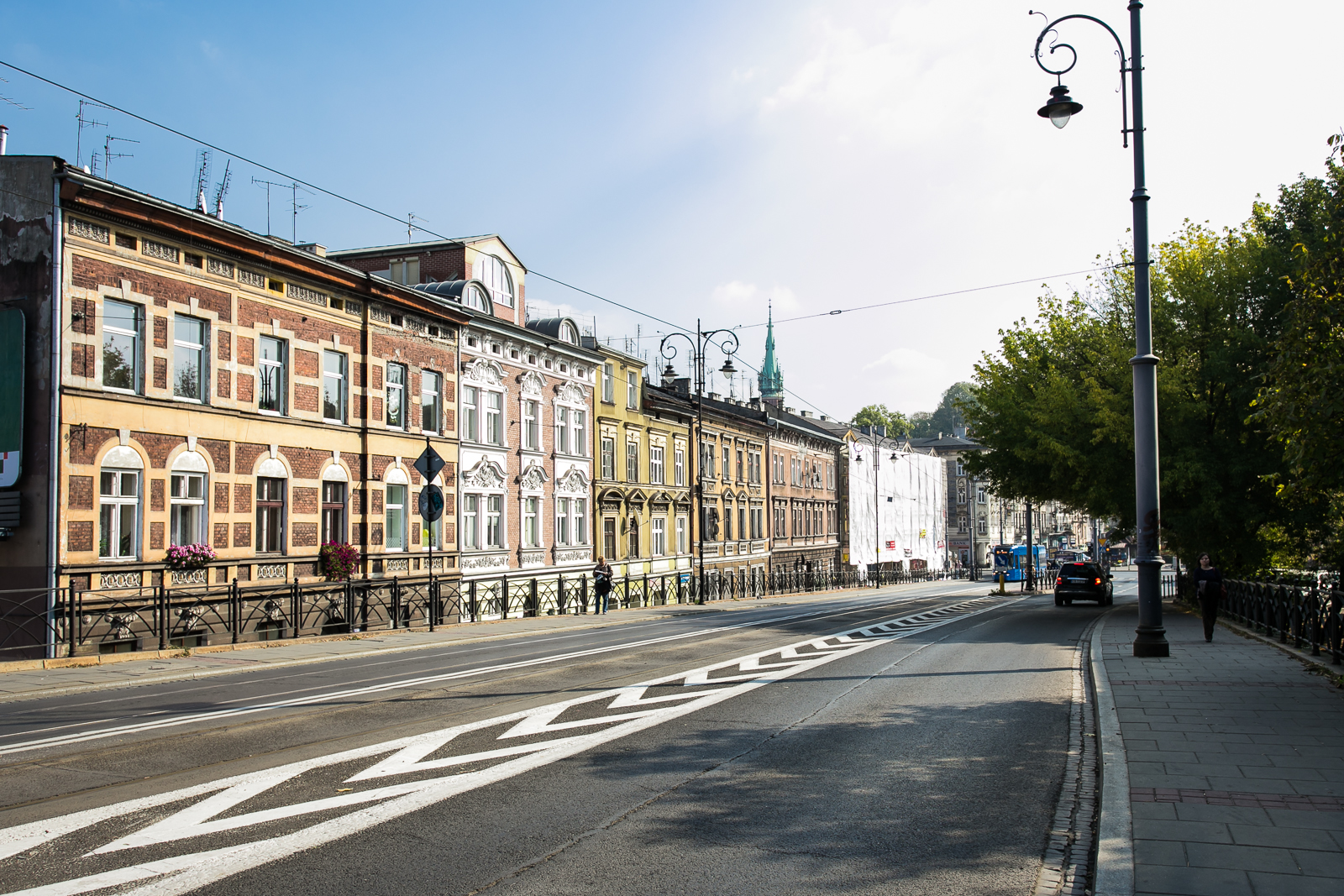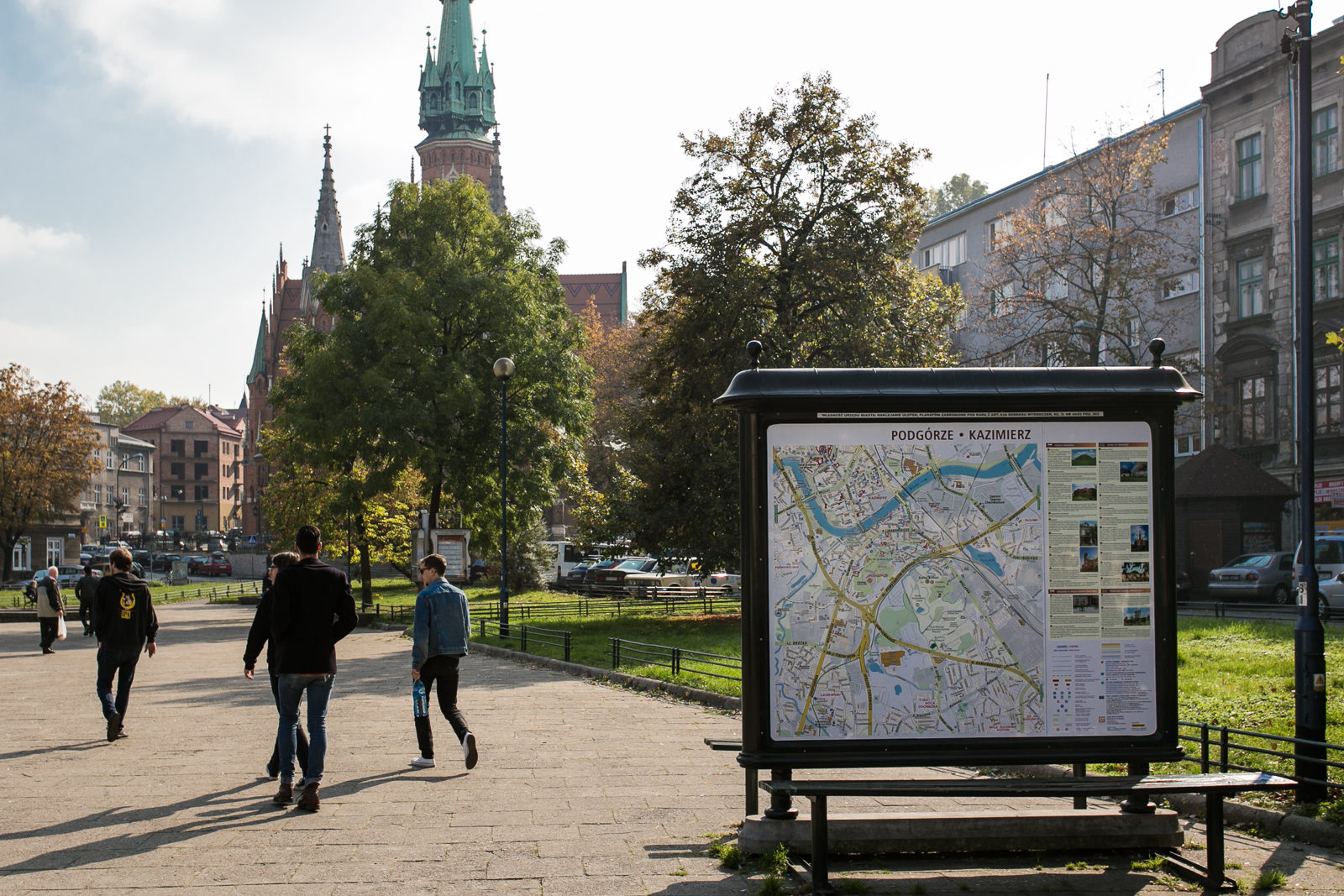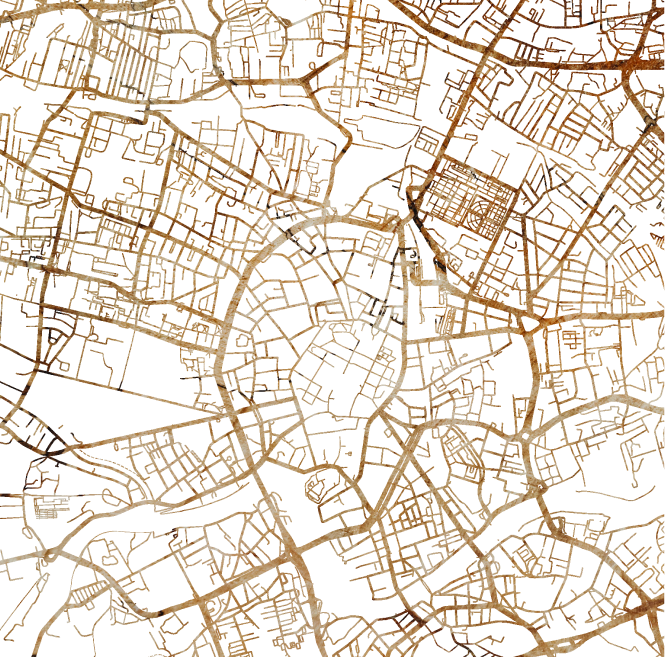Podgórze - the new center at the other side of the river
Discover one of the fastest-growing areas of Krakow: from the nineteenth century tenement houses at Rynek Podgórski to modern office buildings at the Matecznego roundabout.
Based in Kraków, Poland
Based in Kraków, Poland
General Info
First absorbed into Krakow around
110-years back, Podgorze has always retained an identity that has felt strongly
independent of the rest of the city. Situated directly south of the River
Wisla, this traditionally working class area housed the Jewish Ghetto during
the wartime years; after, years of economic decline marked it out as an
unwelcoming part of the city. This began to change, slowly at first, once the
glories of Krakow were ‘rediscovered’ in those early years of the
post-communist period. With Kazimierz largely built out, developers looked
towards the untapped potential of Podgorze. But so too did visitors. Intrigued
by the area’s history, those venturing out found an area that felt an authentic
relic to the past. With rents lower than those posted in central Krakow, it
wasn’t long until the area began to enjoy its own cultural revival with offbeat
galleries, quirky cafes and eccentric murals all popping up to lend the area a happening
sense of dynamism. This was deepened yet further with the construction of the
Bernatek Bridge, an illuminated pedestrian crossing decorated with ‘floating
sculptures’ that linked Podgorze to Kazimerz. Now firmly enshrined as one of
the city’s favourite areas, it is a district that enjoys many of the benefits
of Kazimierz, whilst offering a far less ‘touristy’ vibe and authenticity.
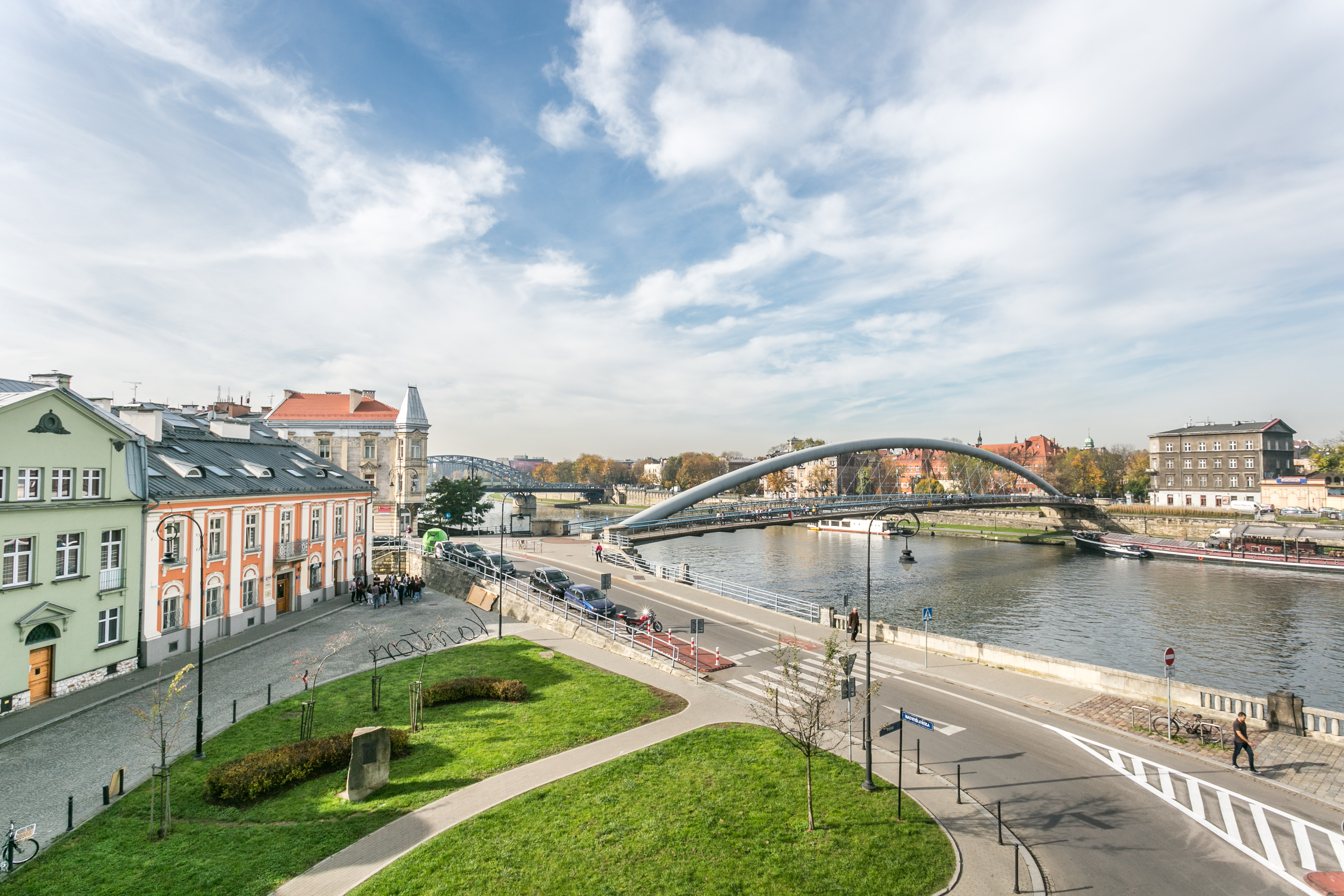
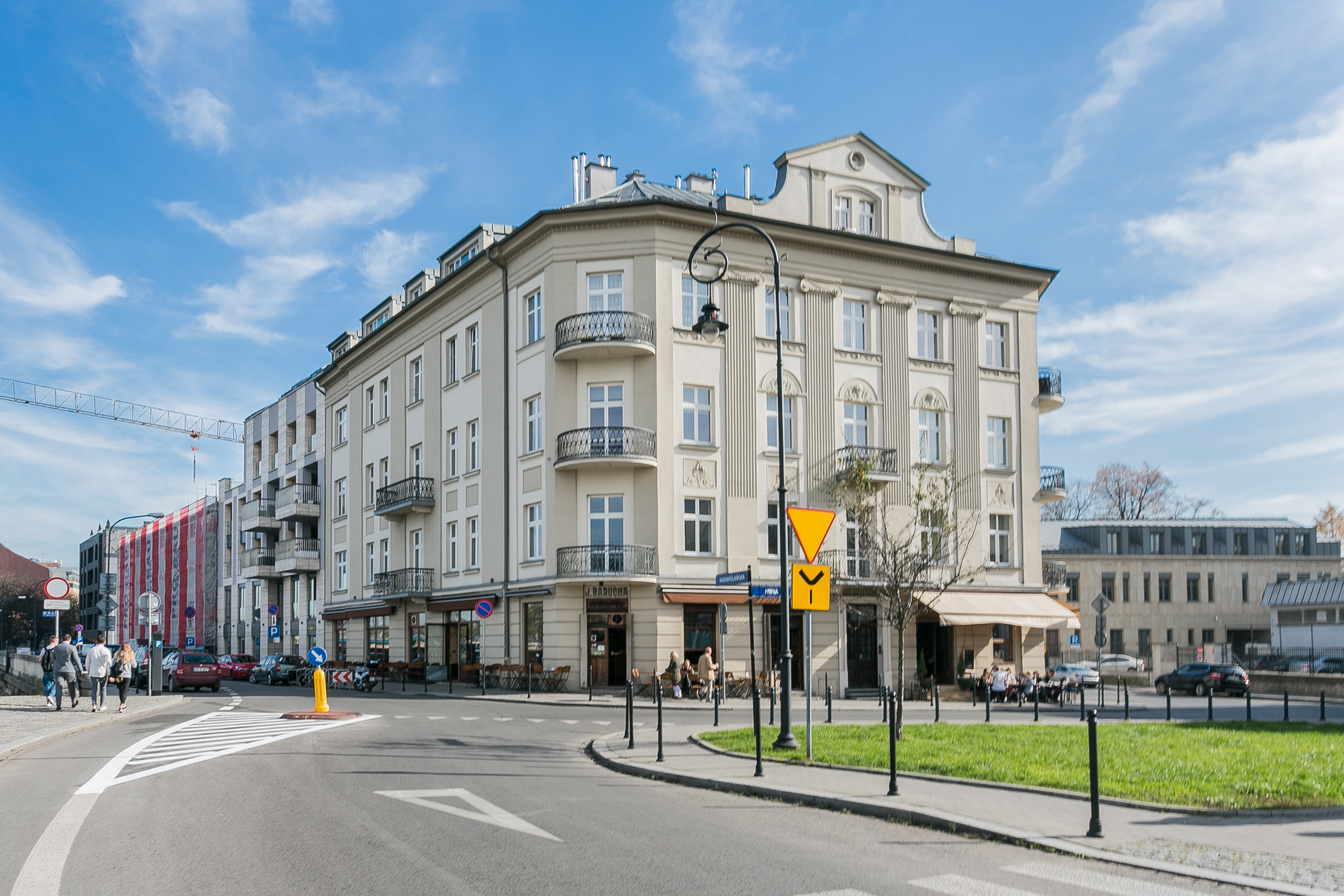
Architecture & Property
Podgorze is rich in architectural
contrasts, with one such example being the towering Neo Gothic Church of St.
Joseph which looms over the district’s square. None, though, better demonstrate
the ‘new v old’ spirit than the Cricoteka cultural centre, a glass-block built
encasing a former power plant. Covering a huge area, housing in Podgorze is
broad in its choice and includes several apartments inside century-old tenements.
It is the new developments that are most sought after though, and these include
riverfront investments such as Nadwislanska 11 – a sizeable project that has
done much to draw natives of Krakow to this side of the Wisla.
Architecture & Property
Podgorze is rich in architectural
contrasts, with one such example being the towering Neo Gothic Church of St.
Joseph which looms over the district’s square. None, though, better demonstrate
the ‘new v old’ spirit than the Cricoteka cultural centre, a glass-block built
encasing a former power plant. Covering a huge area, housing in Podgorze is
broad in its choice and includes several apartments inside century-old tenements.
It is the new developments that are most sought after though, and these include
riverfront investments such as Nadwislanska 11 – a sizeable project that has
done much to draw natives of Krakow to this side of the Wisla.

Green & Recreational Areas
Podgorze has many swathes of greenery not least Wzgorze Lasoty. Here, visitors will find a 12th century church, a 19th century Austrian fortification, and the Krakus Mound, under which the city’s founder reputedly lies buried. Mystical and mysterious, many claim that this 16-metre high manmade hill dates from the 6th century. From its peak, visitors can view the Liban Quarry where Spielberg shot many scenes for Schindler’s List. More centrally, Park Bednarskiego is a densely wooded area with no shortage of hilly walking trails and a charmingly ramshackle stadium that’s home to KS Korona and other football teams besides.
